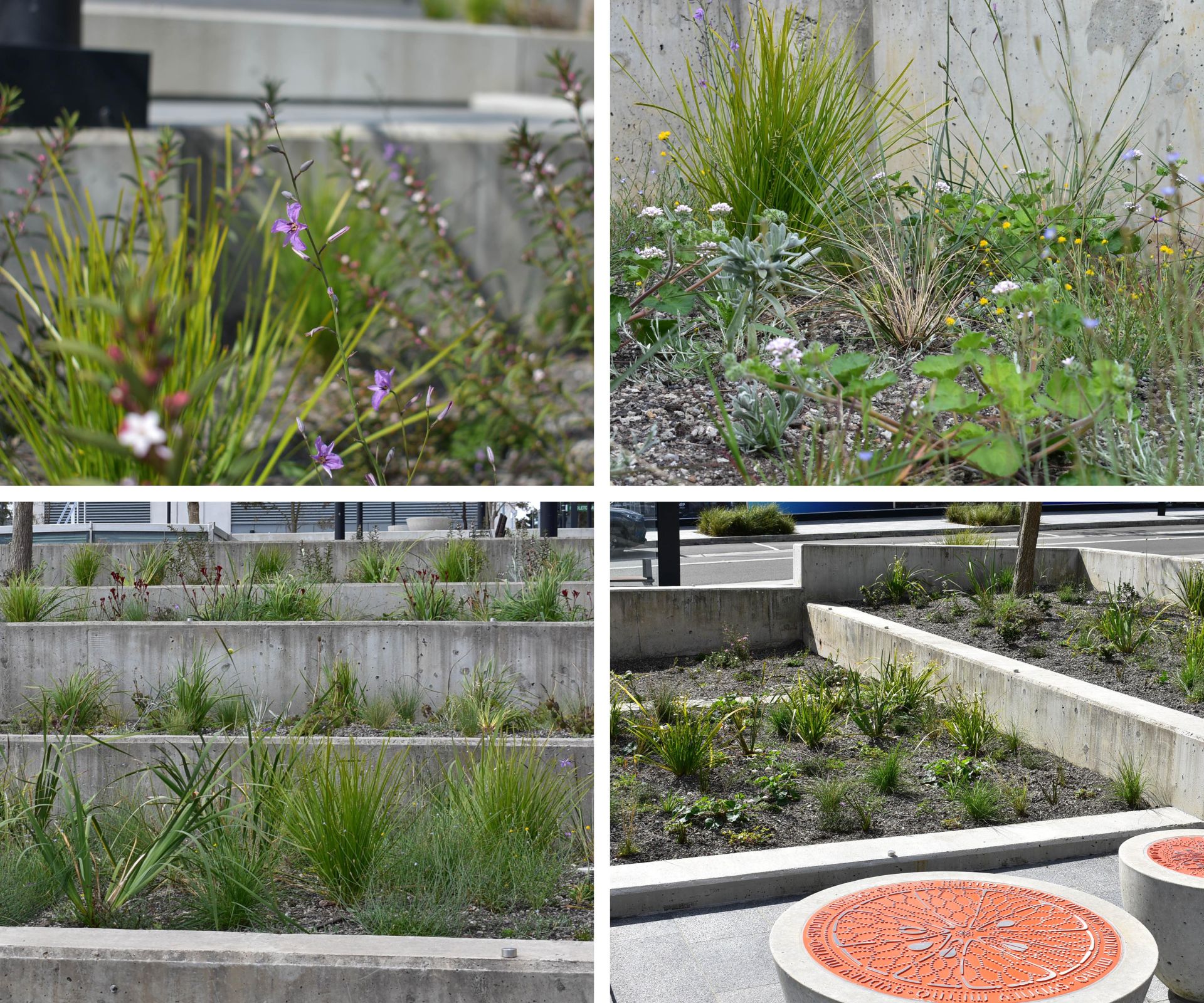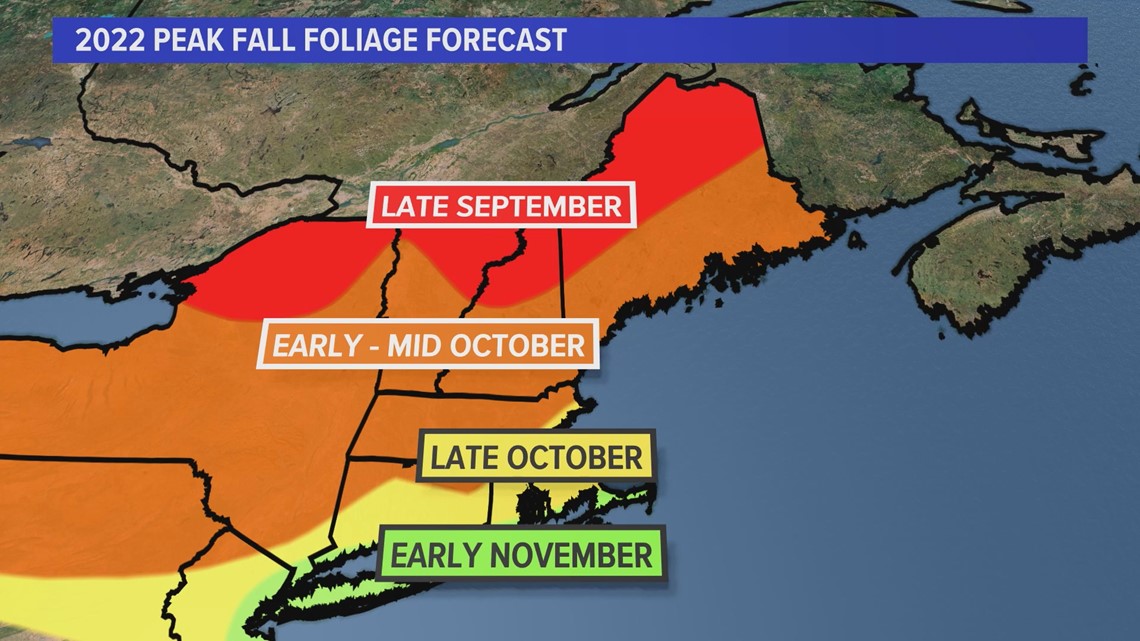Boosting Biodiversity: Seagrass Planting Initiatives In Scotland

Table of Contents
The Ecological Significance of Seagrass in Scotland
Seagrass meadows are often referred to as the "blue forests" of the ocean, and for good reason. They are incredibly biodiverse habitats, providing food and shelter for a remarkable array of species. In Scotland, these underwater havens support a vibrant community of life. From commercially important fish like cod and plaice that utilize seagrass beds as nurseries and feeding grounds, to numerous invertebrates like shrimp and crabs that find refuge amongst the leaves, the ecological importance is undeniable. Beyond supporting this rich biodiversity, seagrass also plays a critical role in mitigating climate change.
- Carbon Sequestration: Seagrass meadows are remarkably efficient carbon sinks, absorbing carbon dioxide from the atmosphere at a rate far exceeding that of terrestrial forests. This helps combat the effects of climate change.
- Coastal Protection: The dense root systems of seagrass stabilize sediments, reducing coastal erosion and protecting shorelines from storm damage.
- Nursery Grounds: These underwater meadows provide crucial nursery grounds for numerous young marine species, ensuring the continuation of healthy populations.
- Unique Species: Scottish seagrass meadows are home to unique and vulnerable species, many of which are endemic to the region, highlighting the importance of conservation efforts.
Existing Seagrass Planting Initiatives in Scotland
Several dedicated organizations and projects are actively engaged in restoring Scotland's seagrass meadows. These initiatives employ various techniques to achieve successful regeneration. These include:
- Seed dispersal: This method involves collecting seagrass seeds and broadcasting them across target areas.
- Transplanting: This involves carefully transplanting healthy seagrass shoots from thriving areas to degraded sites.
Here are some examples of successful initiatives:
- Project Seagrass: This UK-wide charity has undertaken significant seagrass planting and monitoring projects in Scotland, achieving measurable increases in seagrass cover in several locations.
- Scottish Association for Marine Science (SAMS): SAMS conducts vital research on seagrass ecology and restoration techniques, providing invaluable scientific support to restoration projects.
- Various Local Conservation Groups: Numerous community-based organizations are actively involved in local seagrass restoration projects, contributing to the overall success of these efforts.
Specific locations where significant planting has taken place include Loch Etive and the Firth of Clyde, with restoration efforts leading to demonstrable increases in seagrass area and associated biodiversity. For example, one project reported a 50% increase in seagrass cover within two years of planting.
Challenges and Future Directions for Seagrass Restoration in Scotland
Despite the significant progress, several challenges hinder large-scale seagrass restoration in Scotland:
- Funding limitations: Securing adequate and sustainable funding remains a significant obstacle.
- Environmental factors: Factors like water quality, temperature, and wave action can impact the success of planting efforts.
- Human impact: Pollution, boat anchoring, and other human activities continue to threaten seagrass meadows.
Future success depends on several key areas:
- Technological Advancements: Research into innovative planting techniques and monitoring technologies is crucial for improving efficiency and success rates.
- Long-term Monitoring: Continued monitoring and evaluation of planted areas are essential to assess their long-term viability and adapt strategies as needed.
- Community Involvement: Engaging local communities and raising public awareness about the importance of seagrass is vital for long-term success. Sustainable practices need to be embraced by all stakeholders.
How You Can Get Involved in Seagrass Planting Initiatives in Scotland
There are numerous ways individuals and communities can contribute to the vital work of seagrass restoration:
- Volunteer: Many organizations offer volunteer opportunities for assisting with planting, monitoring, and data collection.
- Donate: Financial contributions are essential to support research, planting efforts, and educational initiatives.
- Support Organizations: Support organizations dedicated to seagrass conservation through memberships or purchasing their merchandise.
- Educate Others: Spread awareness about the importance of seagrass ecosystems and the impact of human activities on their health.
For opportunities to get involved, visit the websites of: [Insert links to relevant organizations like Project Seagrass and SAMS].
Protecting Scotland's Underwater Treasures: A Call to Action for Seagrass Conservation
Seagrass meadows are vital to the ecological and economic health of Scotland's coastline, supporting biodiversity, mitigating climate change, and protecting our shores. The ongoing Seagrass Planting Initiatives in Scotland are demonstrating the effectiveness of restoration efforts, and the positive impacts on marine life are evident. However, the continued success depends on the collective efforts of scientists, conservationists, and the wider community. We urge you to learn more about these crucial ecosystems, support existing initiatives, and consider getting involved in future Seagrass Planting Initiatives in Scotland to ensure the long-term health of our seas. Let's work together to protect these vital underwater treasures for generations to come.

Featured Posts
-
 Emmanuel Macron Et Les Victimes De L Armee Israelienne Une Rencontre Marquante
May 04, 2025
Emmanuel Macron Et Les Victimes De L Armee Israelienne Une Rencontre Marquante
May 04, 2025 -
 Razlad Kupera I Di Kaprio Iz Za Zhenschiny
May 04, 2025
Razlad Kupera I Di Kaprio Iz Za Zhenschiny
May 04, 2025 -
 Cassidy Hutchinsons Upcoming Memoir Insights From A January 6th Hearing Witness
May 04, 2025
Cassidy Hutchinsons Upcoming Memoir Insights From A January 6th Hearing Witness
May 04, 2025 -
 Nba History Made Westbrooks Impact In Nuggets Vs Warriors Matchup
May 04, 2025
Nba History Made Westbrooks Impact In Nuggets Vs Warriors Matchup
May 04, 2025 -
 Upcoming Snowstorms Forecast And Timeline For Ny Nj And Ct
May 04, 2025
Upcoming Snowstorms Forecast And Timeline For Ny Nj And Ct
May 04, 2025
 Fords Continued Sponsorship Of The Kentucky Derby Details Of The Exclusive Automotive Partnership
Fords Continued Sponsorship Of The Kentucky Derby Details Of The Exclusive Automotive Partnership
 Formula 1 News Verstappen And Piquet Become Parents To Baby Girl Lily
Formula 1 News Verstappen And Piquet Become Parents To Baby Girl Lily
 Verstappen New Baby Miami Gp Focus
Verstappen New Baby Miami Gp Focus
 New Parent Max Verstappen Ready For Miami Gp
New Parent Max Verstappen Ready For Miami Gp
